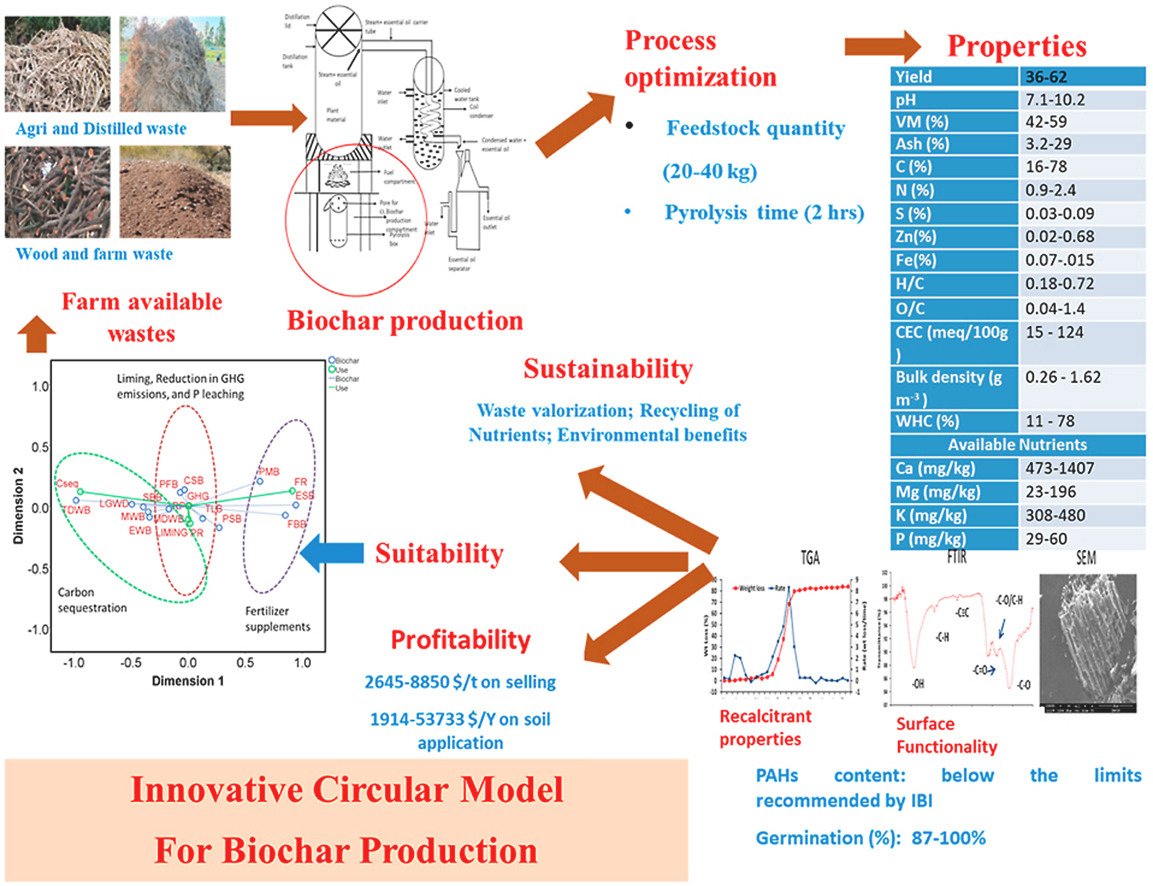We’re all aware of the global plastic crisis—its massive environmental toll, from overflowing landfills to plastic pollution in our oceans. Yet, what’s often overlooked is how plastic disproportionately affects women. We’re seeing gender bias embedded in every phase of the plastic life cycle, from production to disposal.
Let’s start with consumption. Women generally use more plastic than men. Why? Consider menstruation. Each month, women across the globe use sanitary napkins—products that are 90% plastic. On average, a woman uses 6 to 8 sanitary pads per cycle, and each pad can take 500 to 800 years to decompose. This isn’t just an environmental issue, it’s a health issue. These products contain chemicals that can leach into the body, with endocrine disruptors like bisphenol A (BPA) found in plastics. These chemicals interfere with hormone systems, potentially causing reproductive issues, such as polycystic ovary syndrome (PCOS) and even infertility.
But it goes beyond menstruation. Women are major consumers of plastic in everyday life— from food packaging to beauty products. Even women’s clothing, especially items like leggings and tights, often contain plastic-based materials. And when we wash them, microfibres are released into our waterways, contributing to the growing microplastic pollution. These tiny plastic particles not only threaten marine life but enter our food chain and can ultimately end up in our bodies.
Now, let’s shift to health impacts. Women’s bodies, due to a higher proportion of fat storage, are more susceptible to plastic toxicity. We accumulate chemicals like BPA more than men, and research links this to a host of reproductive issues, including miscarriages and developmental problems in offspring. There’s even evidence that plastic exposure can decrease the success rate of IVF treatments. So, it’s clear: plastics pose a serious health risk to women.
But the effects don’t stop there. Plastic waste management disproportionately burdens women in developing countries. Women, especially single mothers or widows, often rely on collecting recyclables as a means of survival. Unfortunately, women waste-pickers face hazardous conditions, lacking access to personal protective equipment and facing greater physical challenges compared to their male counterparts. They often work with bare hands, exposed to harmful chemicals and waste, which significantly impacts their health and safety.
And then, we look at the plastic production industry itself. While women make up two-thirds of the workforce in plastics manufacturing, they hold low to mid-level positions. Leadership and decision-making roles within the industry are largely inaccessible to women, and this lack of representation means that the industry continues to ignore the specific impacts plastic has on women’s health and well-being.
Let’s also talk about science. Despite women comprising 38% of ocean scientists, only a small fraction hold senior positions. This lack of representation stifles progress in addressing the gendered impacts of plastic pollution. We need more women in leadership roles within the plastic industry and the research sectors to ensure that solutions are inclusive and equitable.
So, what do we do about it? We need to address gender inequality across the entire plastic life cycle. This means creating policies that limit plastic use, promoting plastic alternatives, and supporting women’s leadership in both the plastic industry and scientific research. We must also educate consumers—especially women—on the harmful effects of plastic products and offer alternatives that are sustainable and affordable.
In conclusion, the plastic crisis isn’t just about the environment—it’s a gender issue. If we are to tackle the plastic problem, we must ensure women are empowered to lead the charge in both the fight against plastic pollution and in shaping a more sustainable, healthy future.
Also, this might interest you: Enabling factors for sustainable menstrual hygiene management practices: a rapid review.






Yo, just downloaded the qq288mobile app. Super easy to use on my phone, even when I’m chilling on the couch. The mobile version is smooth and doesn’t lag, which is a huge win for me. Give it a try! Check it out here: qq288mobile